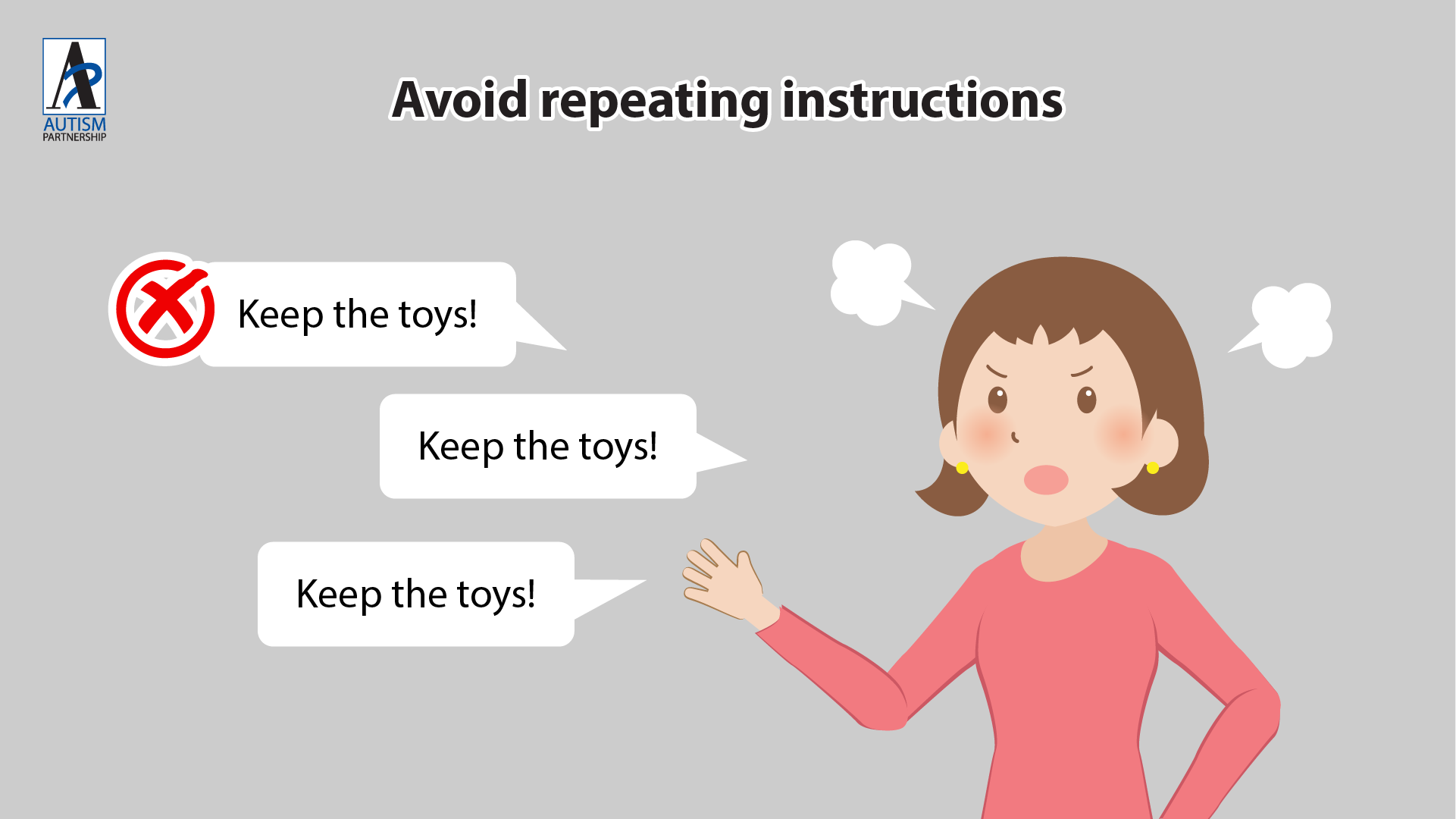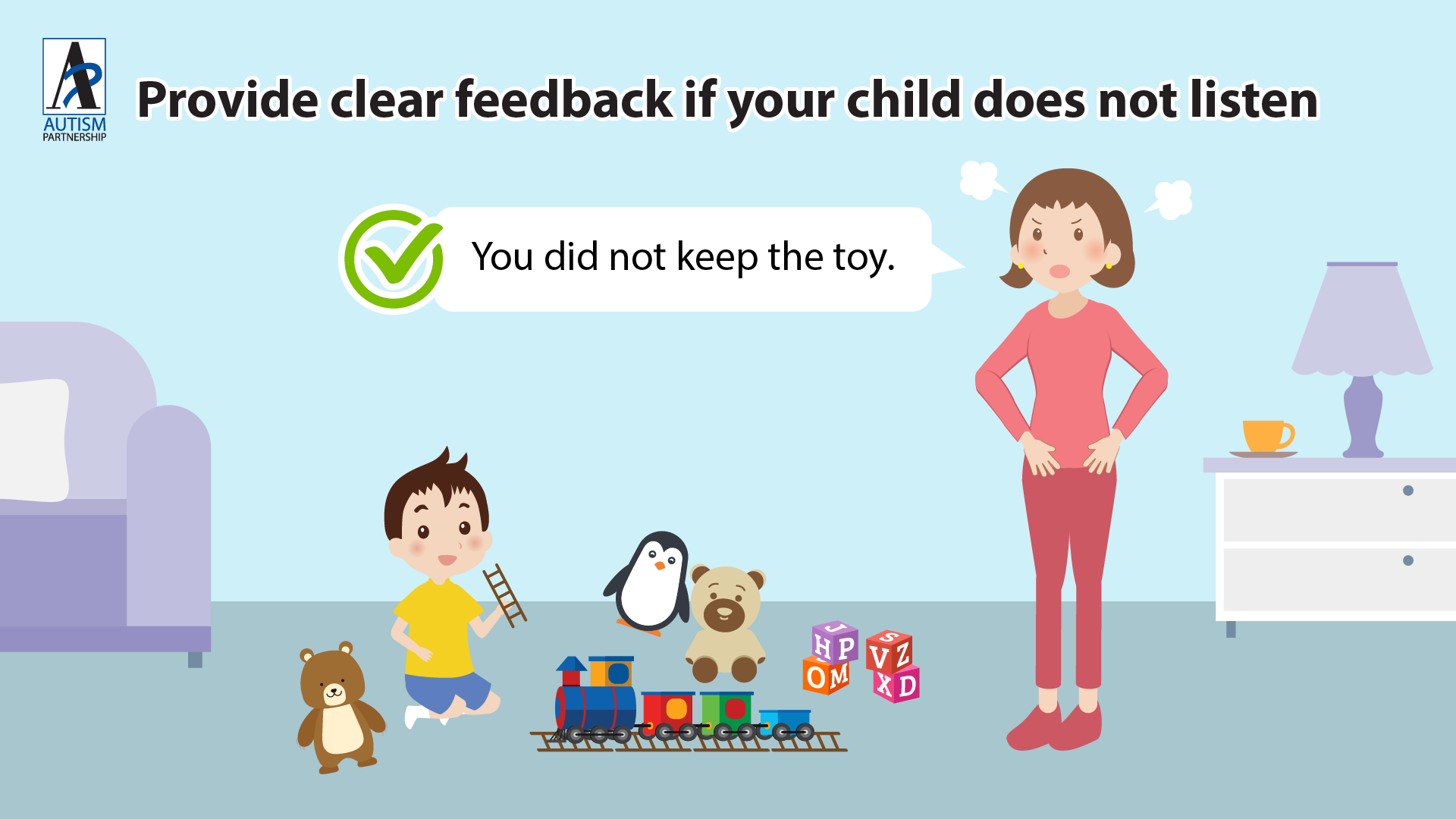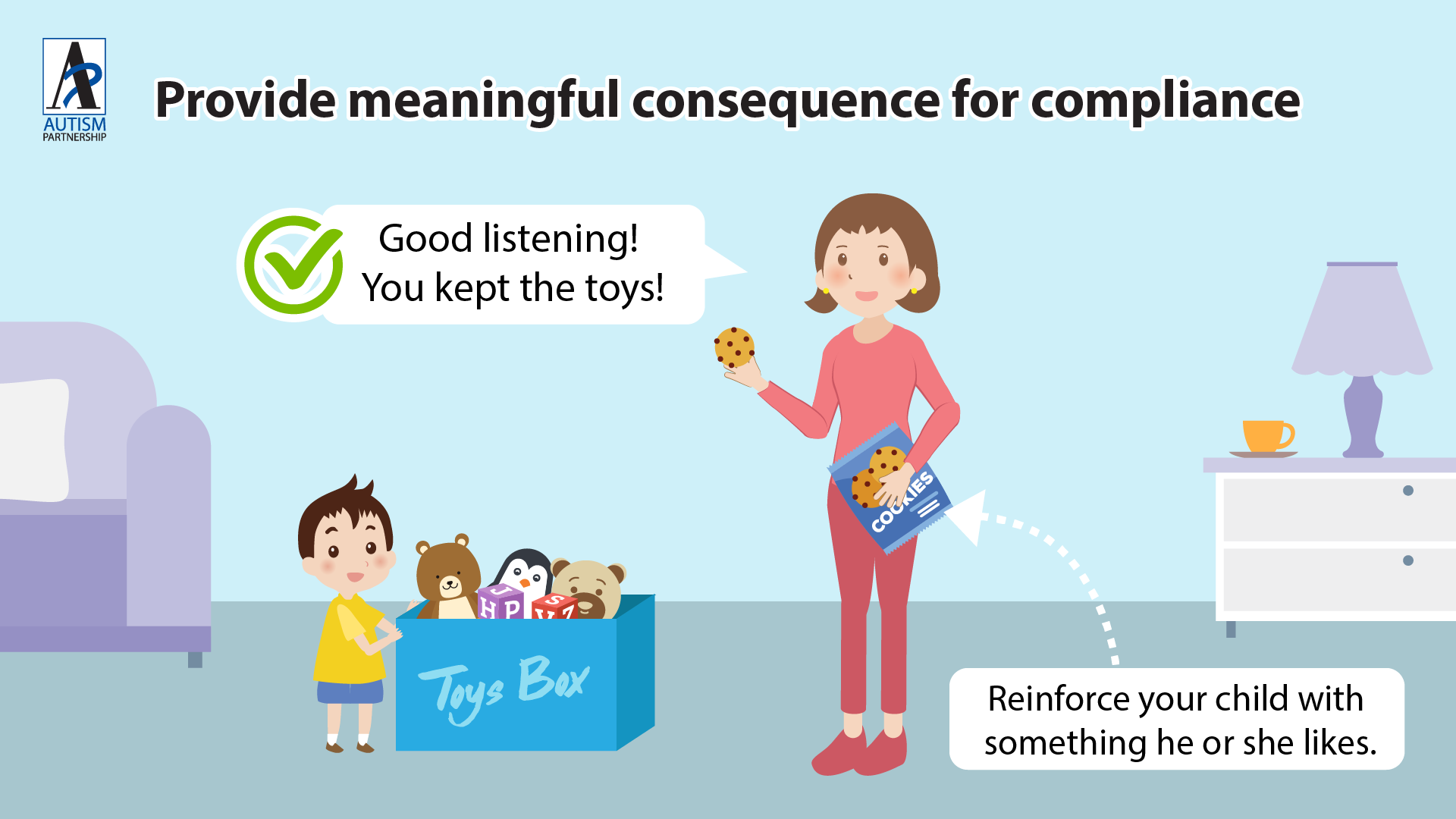
Children with autism have the potential to learn just like any child does. However, many children with autism are unable to begin their learning journey because of their lack of compliance, which is also known as non-compliance.
Is it possible for your child to learn if they do not listen and follow instructions and just do what they want? The answer is definitely no! Therefore, the ability to follow instructions is one of the most crucial skills that children with autism must learn both at home and in school.
Let’s begin by understanding non-compliance. Non-compliance occurs when an individual does not, or refuses to, follow directions or guidance from someone else. Non-compliance is a common challenge for all parents, caregivers, and teachers.
Non-compliance can be demonstrated by the child either:
It may be useful to know that non-compliance can be intentional, but it can also be due to a lack of understanding or motivation. As parents, caregivers, and teachers, you can increase your child or student’s levels of compliance by using the right strategies. Our Clinical Director, Ms. Wong Mai Shan, shares strategies in this article on how to increase compliance.
Step 1: Provide single, simple and clear instructions from the start
Simple instructions facilitate understanding and reduce confusion. For example, if you want your child to stop playing, simply say “Times up! Keep the toys!” instead of saying “We’re going to have dinner now, no more playing, keep the toys!” the toys now!”
You can say more if your child is proficient in the language but the issue is not about word choice but rather about compliance. Therefore it is best to state the matter simply and clearly, as that will make it more meaningful for your child.

Step 2: Avoid repeating instructions
Repeating your instructions may appear as though you are reinforcing your child’s non-compliance. In addition, it could give the impression that you are not serious when you instruct him or her, which would make them less inclined to listen to you.Therefore, it is recommended to instruct only once with simple and clear instructions.

Step 3: Provide clear feedback if your child does not listen
Providing clear feedback like “You didn’t take the toy,” instead of repeated instructions, will enable your child to understand why his or her behavior is not acceptable.

Step 4: Provide meaningful consequence for compliance
Other than providing feedback when your child is not listening, you should also give positive feedback when your child is listening, e.g., “Good listening! You kept the toy.” This will increase your child’s motivation to listen.

You should reinforce your child with something he or she likes in addition to positive feedback. Reinforcement can come in the form of a toy or an activity. Over time, reinforcers can be faded.
In adopting the strategies outlined in this guide, there are some tips and considerations that you should consider to increase their effectiveness. In Part 2 of this article, Ms. Wong Mai Shan, Clinical Director, will be sharing tips on how to increase compliance. The tips can be used alongside this guide in Part 1 to increase your child’s compliance.

Every little life is a special present for a family. From the time a baby is born, parents journey through lots of highs and lows, wishing for their child to grow up with a big smile, make great friends, find their own way in a job they love, and create a happy family. However, for […]

Parenthood is a journey filled with unexpected twists and turns, challenges, and moments of profound joy. For Adam’s father, the discovery that his son, Adam, was on the autism spectrum marked the beginning of a unique chapter in their lives. This is the story of a father’s realization, acceptance, and the unconditional love and strength […]

Autism Spectrum disorder can be diagnosed as early as 18 months. Research shows strong evidence on how effective Applied Behavior Analysis (ABA) can help children with Autism. It helps to deal with children’s challenging behaviors such as inattention, aggression, self-stimulation, etc. Howard, et al (2005) conducted a study to compare the effectiveness of 3 treatment […]
Please share to let more people learn about ASD and ABA therapy:
AP holds the belief that with quality Autism Partnership Method (APM) treatment, individuals with autism should reach their fullest potential and achieve the greatest degree of independence and highest quality of life possible.

Sign up now to get ABA and Autism related news delivered to your inbox. Enter your email to get started
Hong Kong Center
Kowloon Center

All information received will always remain confidential. We will contact you as soon as we review your message. Thanks